In these unprecedented times, it’s important to stay sane in lockdown. For those of you who are fans of travelling throughout the former Soviet Union with us, we decided to give you a virtual fix of Soviet weirdness by providing a list of the top 10 Soviet films and early post Soviet movies to keep you entertained during lockdown and brush up on your Russian!
In my opinion, Russian cinema is severely underrated. Russian directors naturally have the ability to provide an insight into the unique ways of life, the trials and tribulations that exist across the largest country on earth. This list looks at Soviet era made movies, as well as movies made after but represent life in the shadow of the USSR where corruption and poverty is rampant in some communities. Be warned, that some of these films are certainly not for the faint hearted but they do not pull any punches on the reality of life in the Soviet Union and the post-Soviet age.
10. The Cranes are Flying
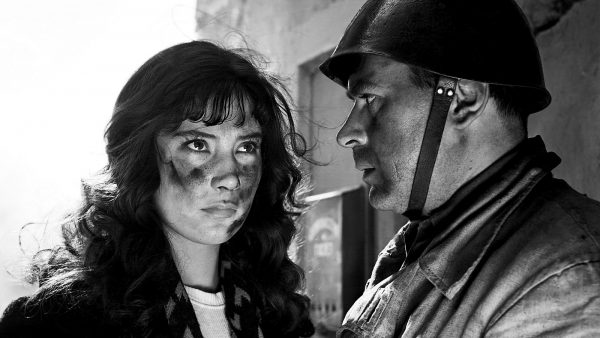
The Cranes are Flying was made in 1957 and is the only Soviet made movie to ever win the Palme d’Or award at Cannes. The emotional WW2 epic focuses on a young couple who are ripped apart by the events of the 20th century. Defined by loss, trauma and suffering, this movie boasts stunning visuals, incredible cinematography and passionate performances, it is considered one of the greatest romance films to have ever been made in Russia.
9. Brat
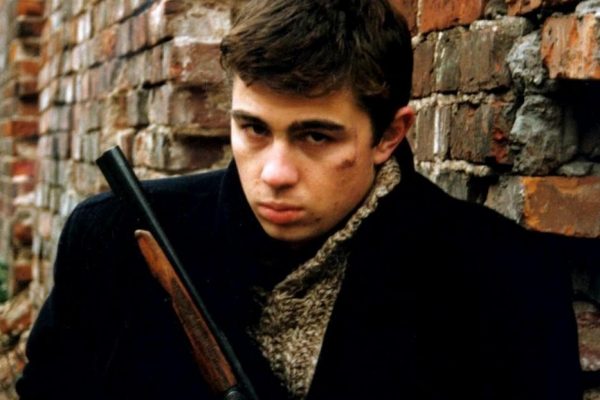
Known as ‘The Russian answer to Trainspotting’, this cult film is one of my favourites and was a pleasure to watch on repeat whilst learning Russian. Made in 1997 during the wake of the Soviet Union collapse, Brat (Brother in English) was directed by Aleksei Balabanov. The story focuses around the main character called Danila, a young Russian ex-conscript fresh from the army with life leading nowhere who heads to Saint Petersburg to meet his criminally connected brother for work. The story then descends into a spiral of crime, domestic violence and murder. Upon release in 1997, Brat became one of the most commercially successful Russian films of the 1990s and rapidly rose to cult film status throughout Russia. A sequel was made a few years later in order to satisfy fan demand. Brat 2 had a significantly higher budget, featuring scenes in both Russia and America with more emphasis on action sequences.
8. A Gentle Creature
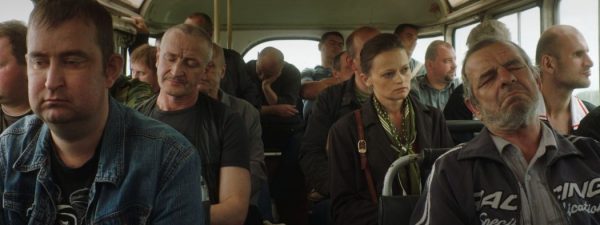
Despite being made long after the fall of the Soviet Union, a Gentle Creature truly captures forgotten life in Russia’s remote towns and villages and the dark stories that exist in all of them. The film was directed by Sergei Loznitsa and is inspired by the short story of the same name by Fyodor Dostoyevsky. The plot focuses on a woman living alone in a Russian village, her husband has been locked up in jail. One day she receives a parcel she had sent to her incarcerated husband, marked ‘return to sender’. Shocked and confused, the woman has no choice but to travel to the prison in a remote region of the country in search of an explanation. So begins the story of a battle against this impenetrable fortress, the prison where the forces of social evil are constantly at work. Braving violence and humiliation, in the face of all opposition, our protagonist embarks on a blind quest for justice. The film is incredibly realistic of the type of characters that exist across Russia, from the toughest criminals to the good hearted.
7. War and Peace
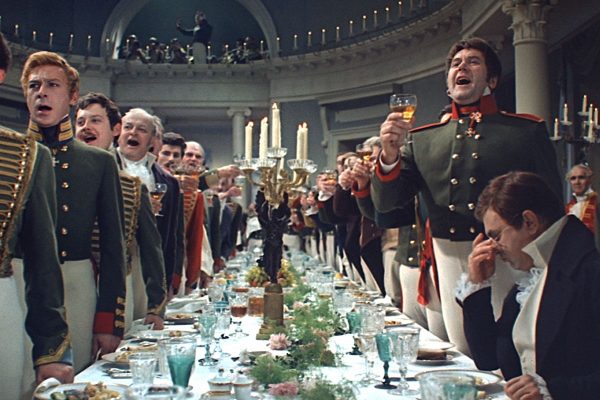
Sergei Bondarchuk’s War and Peace is an epic adaptation of the renowned book of the same name. Over eight hours long, the ambitious project was also one of the most expensive films produced in Russia (with today’s inflation rate, it would have cost over $700 million), and featured an enormous cast, with thousands of extras. The close attention to detail is simply outstanding and it is one of the most monumental achievements in Soviet cinema. Released in four parts, it has also entered the Guinness Book of World Records for the use of 120,000 extras in one battle scene. Deservingly, the epic won an Academy Award and a Golden Globe for Best Foreign Language Film.
6. Moscow Does Not Believe in Tears
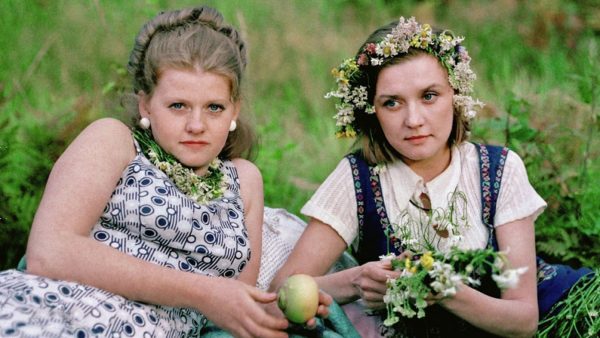
Receiving an Oscar for Best Foreign Film in 1980, Moscow Does Not Believe In Tears follows the story of three provincial young women who come to the capital city to work, and inevitably fall in love. The film follows their personal and professional escapades, before jumping twenty years later to revisit the ladies in their current state. An accessible and melancholy drama featuring three female protagonists, this film is a delight to watch and gives an insight into Moscow’s character in the 1970s.
5. Prisoner of the mountains
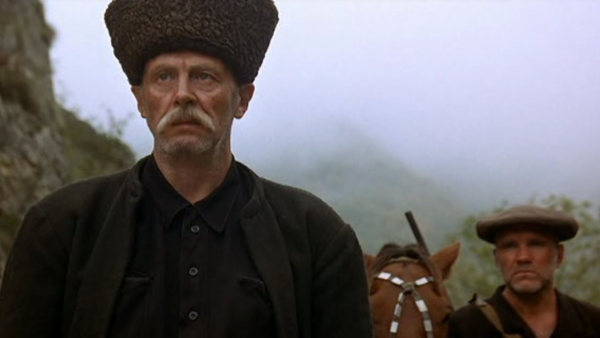
As Chechnya erupted into gruelling war during the collapse of the Soviet Union, an award winning film was made depicting the plight of many captured soldiers in the conflict. Prisoner of the Mountains was directed by Sergei Bodrov in 1996 and based on the Caucasian War-era short story “The Prisoner in the Caucasus” by the famed Leo Tolstoy. The film illustrates the conflicting views between traditional Chechen culture and Russian warfare through the use of soundtrack, costuming, and arms. The personal confrontation between two captured Russian soldiers and their Chechen captors is the main theme of the film, which was shot in the mountains of Dagestan, a short distance away from the then raging First Chechen War.
4. The Fool
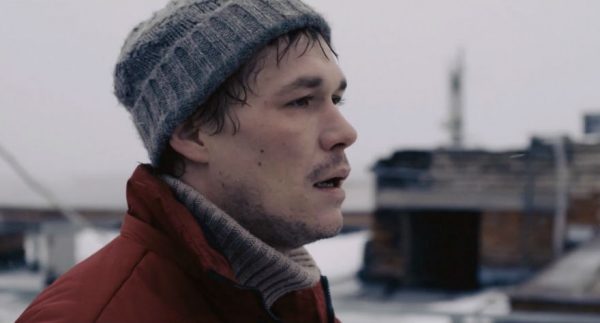
The Fool was directed by Yuri Bykov in 2014 and captures corruption and disregard for the poor that exists across many post-Soviet countries. The story focuses on a Russian plumber and municipal repair chief who is called out to fix a burst bathroom pipe in a very working class apartment block. He discovered that the building had fissured from the ground up to the ninth and last floor and could collapse at any second. Thus begins a futile quest to make corrupt officials do their job and evacuate the building, leading to a spiral of murder and misery.
3. 9th Company
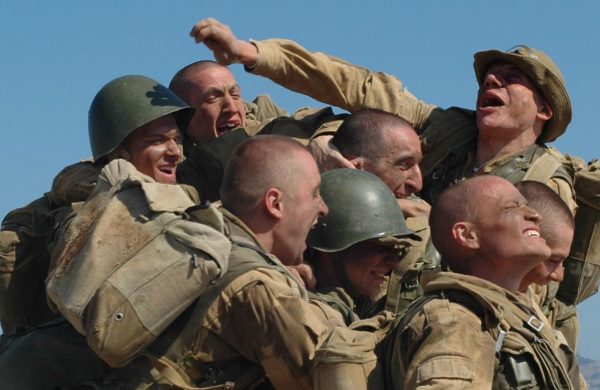
The Soviet-Afgan war raged for a decade during the late 1970s and early 1980s. Alongside Chernobyl, it is considered one of the final financial nails in the coffin for the Soviet Union. The 9th Company is a Russian war movie directed by Fedor Bondarchuk in 2005 and set during the Soviet–Afghan War. The film is loosely based on a real-life battle that took place at Elevation 3234 in early 1988, during the last large-scale Soviet military operation in Afghanistan. The story focuses around a team of conscripts and their battle hardened commander and features some hair raising scenes and epic battles.
2. My Joy
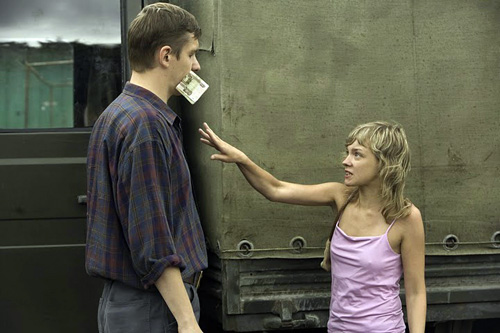
My Joy was directed by Sergei Loznitsa in 2010 and became the first Ukrainian film in history to compete for the Palme d’Or. The film is set in the Smolensk region of Russia, which was heavily fought over during WW2 and holds a theme of police corruption, depravity and the depths of human nature. The story focuses on a young truck driver transporting cargo through Russia. On the road, he picks up a hitchhiking old man who recounts to him a disturbing story. The plot then shifts between WW2 and the present. Later, as he is stuck in traffic on a remote road due to an accident, the driver meets an underage prostitute who informs him that there is a shortcut through a swamp that is cursed and thus begins the harrowing journey into the darkness of post-Soviet Russia.
1. Come and See
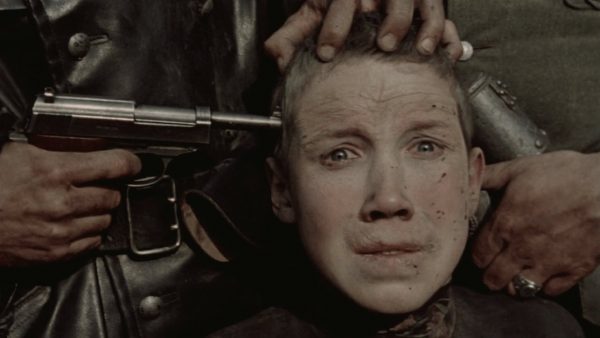
Described as the most realistic war movie ever made, Come and See had to fight eight years of Soviet censorship due to it’s realistic depiction of the horrors of WW2. Come and See was directed by Elem Klimov during 1985 in Soviet Belarus. The screenplay was based on the 1978 book I Am from the Fiery Village which contained testimony from the survivors of Nazi massacres in Belarus. The title was in reference to the revelation in the Holy Bible featuring the Four Horsemen of the Apocalypse, this was a movie that used live rounds and starvation of actors to achieve realism of the horror of war. When filming was finished, the hair of some actors had turned grey and there was concern that some, including the main character, would end up committed to a mental asylum as a result.
Come and See depicts the era of Nazi occupation in Belarus, a country which lost 1.9 millions of people or about 20 percent of its population during WW2. It’s dedication to accuracy meant that it was only shot inside Belarus, without professional actors and the language spoken in the film is Belarussian. The plot follows the main character Flyora, a young partisan, over a period of 2 weeks and by the end of the movie, after witnessing the atrocities and mass murder of Nazi troops and their Ukrainian collaborators, Flyora is aged to look twenty years older with his childhood innocence violently torn from him, leaving behind a gaping void of nihilism and a life fueled solely by hatred for the Nazi enemy and devoted solely to their demise. For an in depth look at one of the most infamous movies to have been made by the USSR, check out our Soviet cinema article about this movie.





